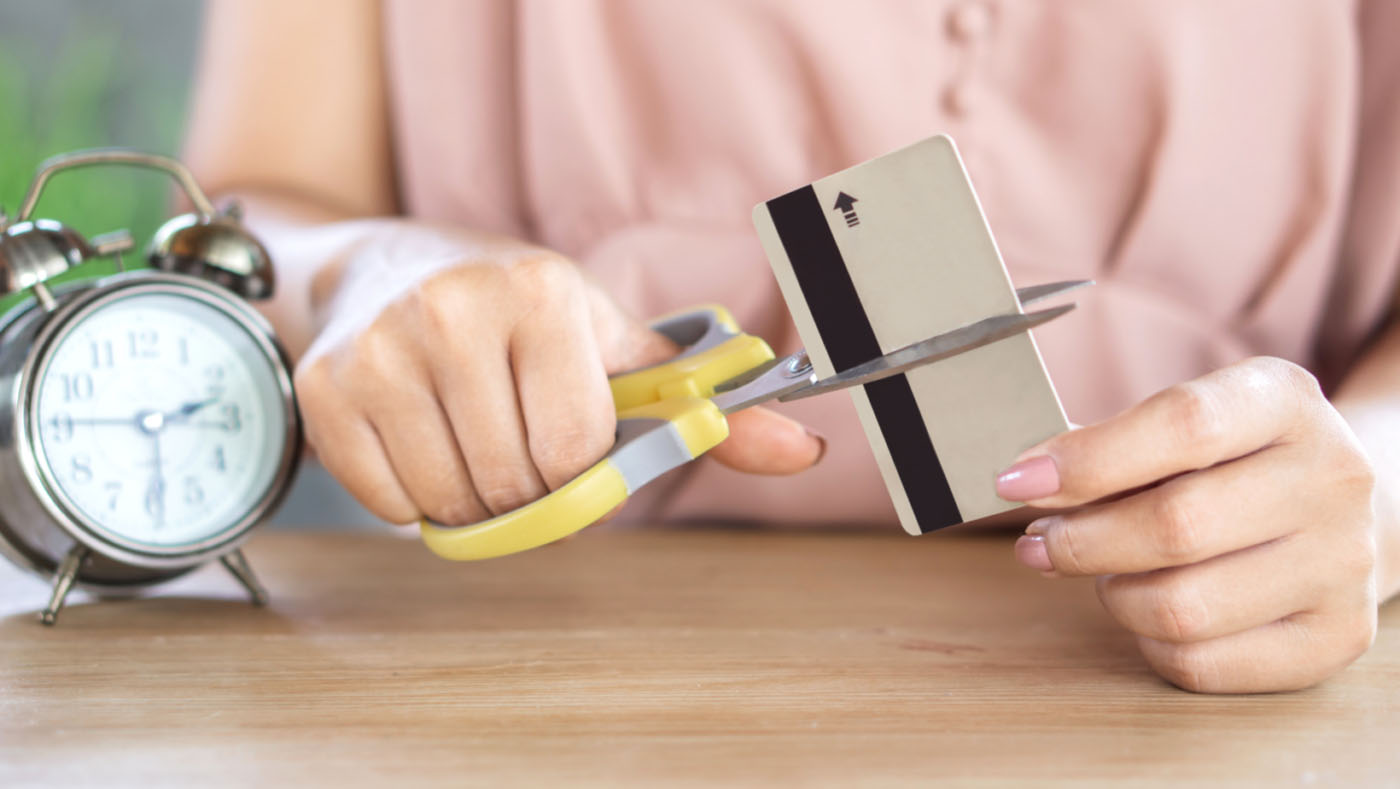The best strategy for paying off debt depends on what type of debt you have
According to Empower’s recent Wealth and Wellness Index, money-related goals are overtaking traditional lifestyle goals in 2022. In this recent survey, 37% of Americans say paying off personal debt is their number priority this year. That’s more than those who say losing weight (28%), buying a house (14%) or getting a new job (11%).
The strong focus on financial health may not come as a huge surprise. In research conducted by the Harris Poll for Empower and Personal Capital:
- More than three-quarters of Americans said their financial well-being affects their physical and mental health.
- More than half of those polled connect financial well-being with their overall happiness.
- Sixty-nine percent of Americans associate being debt-free with financial health.
Because debt can have an impact on your financial health and total well-being, it shouldn’t be ignored. Here are some tips for paying off two common types of debt:
How to pay off student loans
Student loan debt can be a substantial challenge: The average student loan debt of a person graduating from college in 2021 was $36,900. If you’re struggling to keep up with your student loans, or want to figure out how to pay them off faster, consider the following options:
- Government repayment plans. If you have federal student loans, income-based repayment plans offer an extended repayment period of up to 25 years, with monthly payments based on a percentage of your discretionary income.
- Consolidation. If you’re making multiple student loan payments every month, consolidating them can bring all of them under one roof with one fixed interest rate — potentially making it easier for you to stay on top of your payments.
- Refinancing. Refinancing can provide a simple way to lower your interest rate or monthly payments. But it also turns federal loans into private loans, making you ineligible for income-based repayment plans in the future.
How to pay off credit card debt
With its high interest rates, credit card debt can be particularly difficult to leave behind. That’s an issue given that the average American household carries over $5,000 in credit card debt. If your balance seems to grow every month, it’s time to make a plan: - Start budgeting. Look at your monthly income and expenses and figure out where you could cut costs. That extra money can help you pay off your debt faster.
- Focus your payments. If you have balances on multiple credit cards, choose one and work to pay it down as quickly as possible. Some people focus on the card with the highest interest rate. For others, paying off the card with the smallest balance can provide a sense of accomplishment — and the momentum to move on to the next.
- Stick with it. Once you pay off one card, take the money you’d been using for that bill and put it toward the next card on your list.
Good debt vs. bad debt
Carrying a lot of debt can be stressful, but remember that not all debt is bad debt. Good debt, such as a home mortgage, helps build your credit while getting you closer to a long-term goal. But debt that grows and grows can compromise your financial well-being over time.
By making a realistic and efficient repayment plan, you can get out from under those bad debts — so you can save and pay for what matters most.
Empower Retirement is a premier retirement services provider that’s transforming the way people approach retirement planning. Serving Alliance 403(b) Retirement Plan participants, Empower makes retirement planning personalized, accessible, and easier to understand. In whole, they help over 9.6 million people with a vision grounded in a simple, singular mission: to help people save enough today and work toward a secure future.






